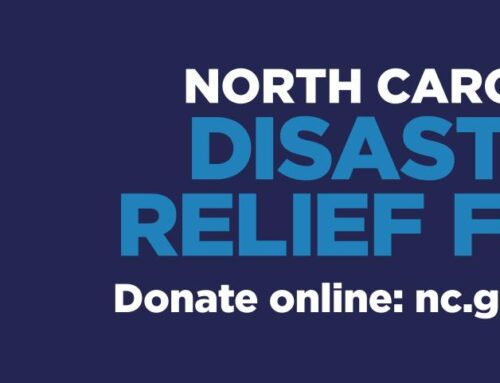Some very nice person wants to hold a fundraiser for you. GREAT!
She wants you to create all the communications for it, including flyers, invitations, posts on social media, etc. UMM, NOT GREAT.
Or she does it all herself and none of it is on message or brand and calls you two days before to let you know she needs staff there. OH HELL NO.
These are called “third-party fundraisers” and putting together some guidelines for them is a great idea. Guidelines in writing can save both you and your volunteer fundraisers a great deal of time, energy, and other types of frustration.
It’s all about helping people do the right thing, but in the right way.
After all, your nonprofit has legal, ethical, logistical, brand, and fundraising standards that your volunteers may know nothing about. Don’t make them guess about these things (or remain blissfully clueless). Set them out in writing that is easy to find on your website.
Third-party fundraising guidelines often cover
- Whether you insist on an application process or not
- The level of staff support (if any) that will be offered
- Marketing and promotion rules, including using brand assets like your logo
- Who they should not contact (e.g. businesses you are already working with directly)
- How to handle the accounting of income and expenses
- What fundraisers can and can’t say about the donations, how they will be used, etc.
You can Google “third party fundraising guidelines” for many examples, but here are a few to start with from a variety of different kinds of organizations . . .
Shriners Hospitals for Children Third-Party Fundraiser Guidelines (PDF) and Shriners Healthcare for Children – Florida
Third-Party Fundraising & Crowdfunding for the American Heart Association Twin Cities Office (PDF)
Crisis Services Third Party Events (Erie County, New York)
Food Bank of Lincoln Host a Fundraiser/Drive (Nebraska)
Richmond Animal League Third-Party Fundraisers Toolkit (Virginia)





